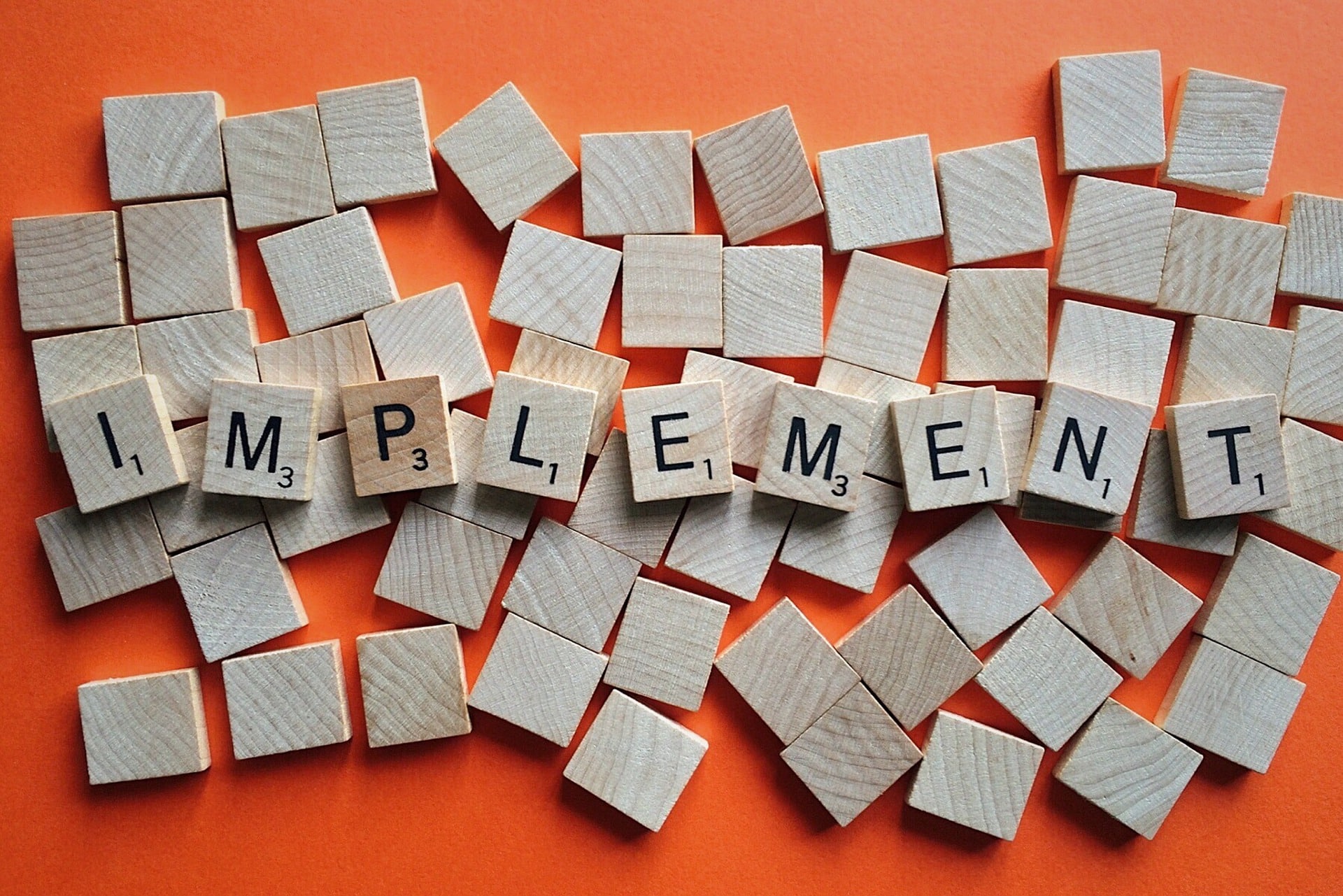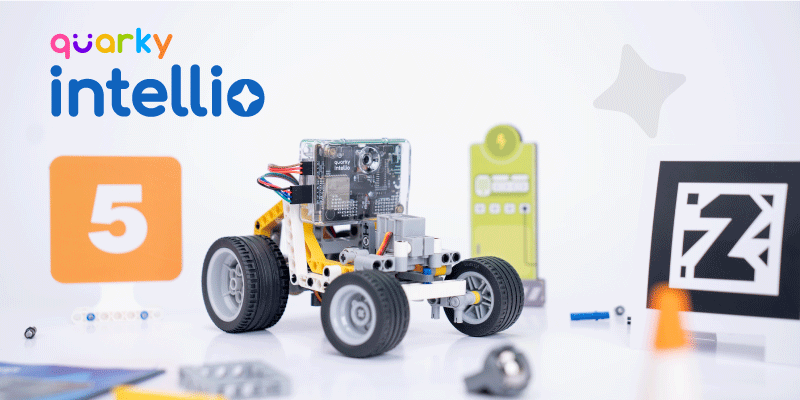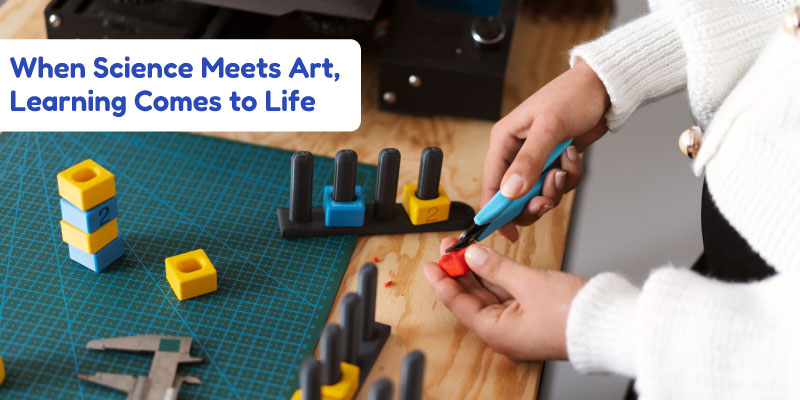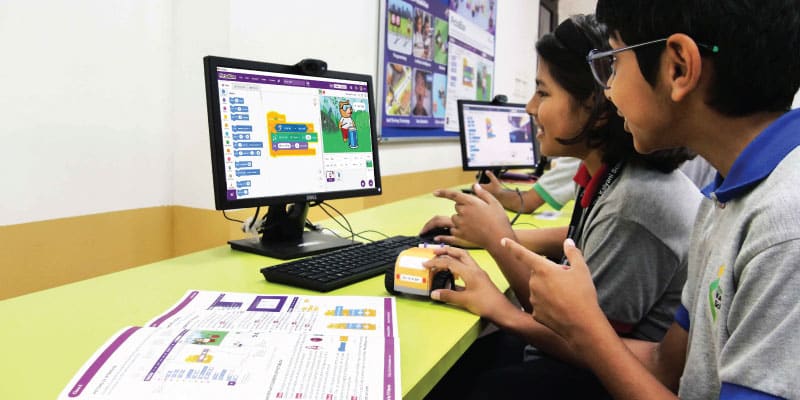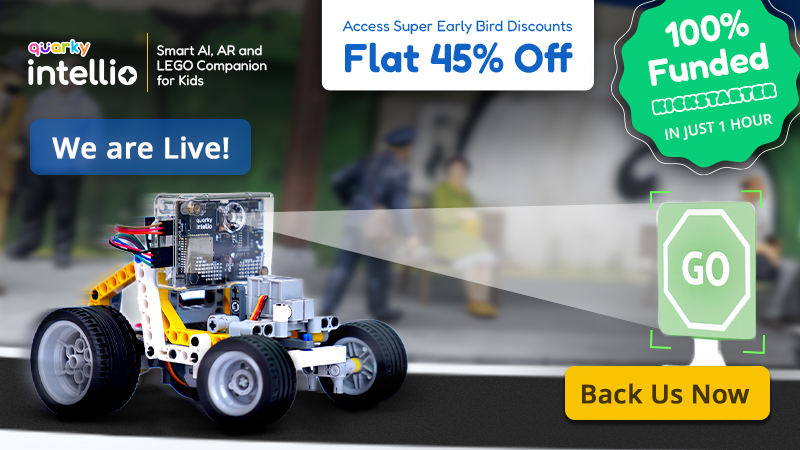STEM learning has strongly established benefits when it comes to making education at preliminary and higher secondary educations’ modus operandi. However, one can not neglect the importance, if not the necessity of STEM education at a vocational level, that is, the role of STEM education in enhancing the courses at colleges and universities.
STEM as Baccalaureate
Undergraduate courses in a STEM field make for a key highlight of today’s education scenario. Worldwide, the conventional methods of teaching and learning keep showing us that much more needs to be done not only on any national level but on a global scale in order to produce better, more efficient professionals to solve problems that come with a rise in a world where we are all surrounded by technology, but very few of us actually understand it.
A major aspect of the STEM philosophy is to enable students to face interdisciplinary problems and be able to solve them with creative and critical thinking. This is a direct implication which demands students and professionals to be technologically driven to solve problems ranging from neuroscience to space exploration. When it comes to problems faced by humanity, the sky’s the limit! Hence, proper STEM education becomes not only important but a necessity. However, to bring solid solutions into effect, the education needs to be implemented not just on the elementary levels, but also on undergraduates who have freshly started looking at technology from a professional perspective. Preparing students to work at the interfaces calls for a new way of contemplating STEM education. Thus the challenge is to provide undergraduates with an education deeply rooted in their chosen STEM field and situated in a broader interdisciplinary context.
For this, one must always remember the core philosophy of STEM – to learn by doing. It is crucial for all of us to realize that undergraduate courses, although highly inclined towards the industries, do tend to fail at delivering a proper hands-on experience to students. This leads to a major challenge among students not having enough hands-on capabilities thus rendering them quite unemployable when compared to students who have rich experience in the same regard. Assuming that a certain majority of students in a course are thereby interested in the course, there are a number of things that can be done in order to enhance experiential learning in the undergraduate courses.
Implementation of education among the youth via learning by experimentation leads us to striking results when it comes to STEM courses. Project Kaleidoscope’s What Works in Facilitating Interdisciplinary Learning in Science and Mathematics summarizes a three-year, twenty-eight institution exploration and implementation of interdisciplinary STEM learning, offering strategies for leadership, learning, and campus culture to support interdisciplinary learning at the undergraduate level. Quality STEM learning and literacy are goals for all students and increasingly non-STEM jobs require some element of STEM capability.
AAC&U (American Association of Colleges and universities) published a comprehensive study on how certain parameters of education can be enhanced for STEM courses in the undergraduate level. At the undergraduate level, learning goals within a STEM discipline reflect the deep disciplinary understanding required of students, as well as cross-cutting goals within and beyond STEM. Clear articulation of goals has multiple benefits. It clearly stated that interactions among students and faculties, evidence-based learning and active use of laboratories to tangibly feel what theory entails are some of the most important aspects of creating better STEM professionals.
Implementing STEM at University Level
In the interstices between goals and assessments live curriculum, program development, and implementation. Jeffery Froyd’s paper on Promising Practices in undergraduate STEM education highlights certain key points. One can easily figure out from this paper very important yet easily neglected methods of pedagogy that STEM Education is longing to have but policy-wise is being missed.
Keeping in mind that experiential learning is at the core of learning, some of the methods are listed below:
Organizing Students into learning groups and objective based communities
As already explained, STEM learning is all about solving real-world problems in interdisciplinary fashions. An institution can organise students in learning communities, and not just batches of students, in order to learn via healthy interaction. Froyd’s paper strongly recommends the need for interaction to support experiential learning. This not only boosts a student’s potential as a viable STEM professional but also as a social being who learns via daily interactions. This also helps students draw links between courses which should have a direct link with each other, but traditional course systems do not allow so.
Scenario-Based Content Organisation
When it comes to courses, traditional course systems give long lists of pre-requisites and the content is based on this. Against this, a very promising practice is to create course content based on the learning objectives set by the aforementioned learning communities. Hence, we organise content around one or more scenarios where it addresses the challenges, problems or project of the same. All in all, a problem based learning orientation enhances how we look at education at the undergraduate level.
Feedback Through Formative Assessment
Instead of evaluating the performance of students through questionnaires, faculties can gather feedback via other techniques. One such method is called minute papers. The students at the end of every lecture, lab session or tinkering session fill a small form which addresses the questions – What did they learn in this session? And, What point of the lecture remains unclear? Based on the responses the lecturers can dynamically improve content for each session and making STEM learning more and more efficient.
Undergraduate Research in a STEM field
In STEM courses and otherwise, university students do not consider research projects an integral part of their curriculum. This makes the majority of the students’ population unaware of higher problem-based learning and creativity in deeper aspects of their fields. Making this research an integral part of what they learn takes problem-based experiential learning to whole new levels.
With the above methods being implemented policy wise in a society’s education, STEM courses can get a boost that none other can think of. This shall enhance college education on a national level and make humans future ready!
In a Nutshell
The promise of STEM Education goes beyond high school and elementary levels. STEM fields in higher education need really strong foundations of problem-based learning in order to produce individuals capable of solving interdisciplinary issues that arise in the modern world. Student communities, research integration, and a systematic formative assessment of the curriculum become really effective ways of making STEM education better than what it is in the conventional pedagogy scenario.



